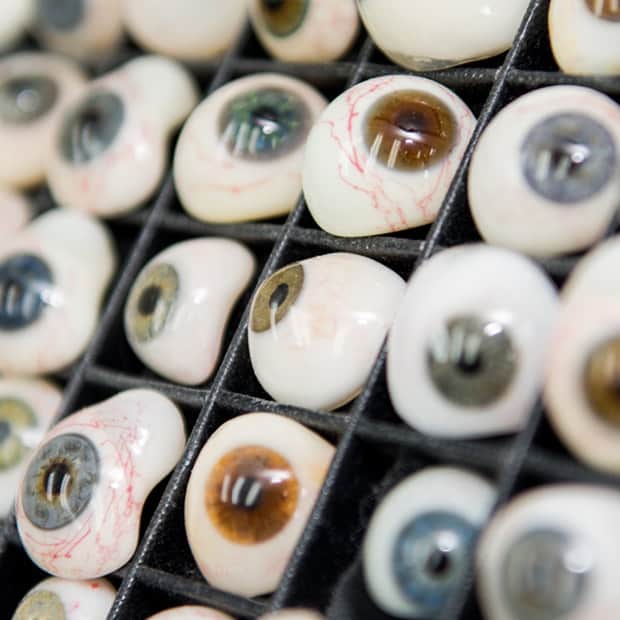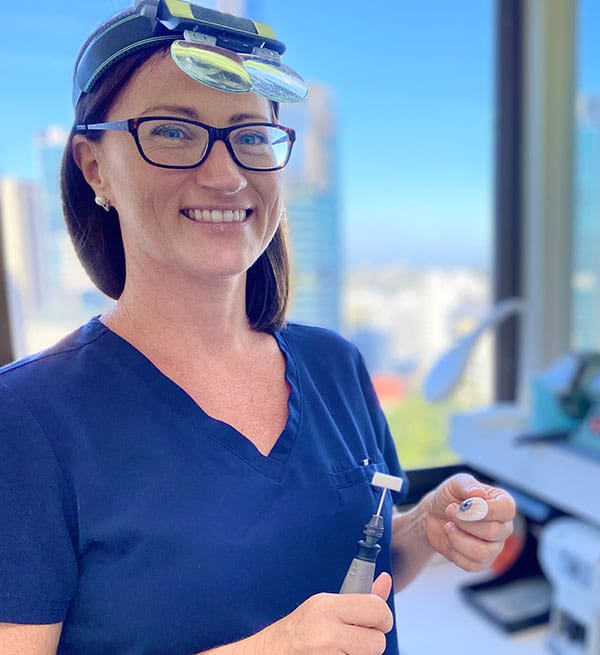
We create and fit your prosthesis to match your companion eye. Our task is to build you a natural looking prosthesis leaving you feeling confident, comfortable and complete.
And we are here to look after your new eye for many years to come.
Artificial Eyes want to ensure our clients that our equipment and work surfaces are sanitised between each client and all precautions possible have been implemented to stop the spread of Covid-19.

Our hand crafted approach
Continual advances in technology means modern prosthetic eyes are fully custom made to create a perfect match for the client’s companion eye.
Your new eye is hand crafted with great care by our fully trained specialists (called Ocularists).
It takes just one week to measure, create and fit your new eye – a surprisingly short time considering the profound impact a new, perfectly matched eye has on the lives of our clients.
Artificial Eyes is based in Brisbane and our clients visit us from throughout Queensland and Australia. They are delighted to visit our beautiful city to receive their new eye or eye care.
Call us on:
07 3832 1171
Ongoing Eye Care
It is highly recommended you return every six months to have your artificial eye polished to keep it in tip top condition.
Regular professional polishing will also extend the life of your eye and restore the natural, life-like appearance.

How we create your new eye
The creation of a new artificial eye is an intricate and fascinating process.
Contact Us
Call us on 07 3832 1171
Level 6 of the Watkins Medical Centre
225 Wickham Terrace
Brisbane 4000 Australia

Jennifer Hebel

Annette Watts

Trevor Dorahy

We are proud Members of the Ocularists Association of Australia. Ocularists Australia website




